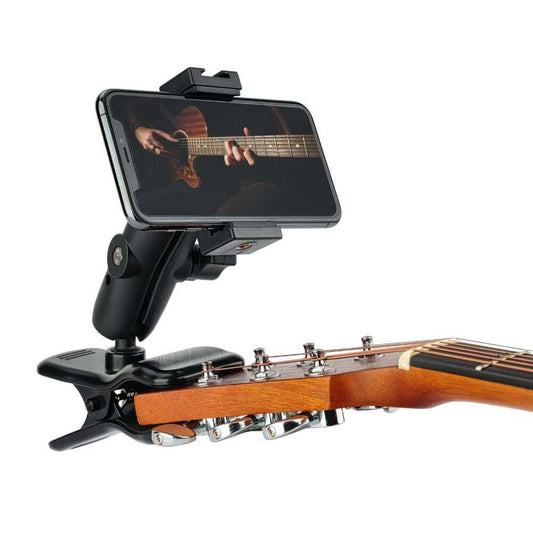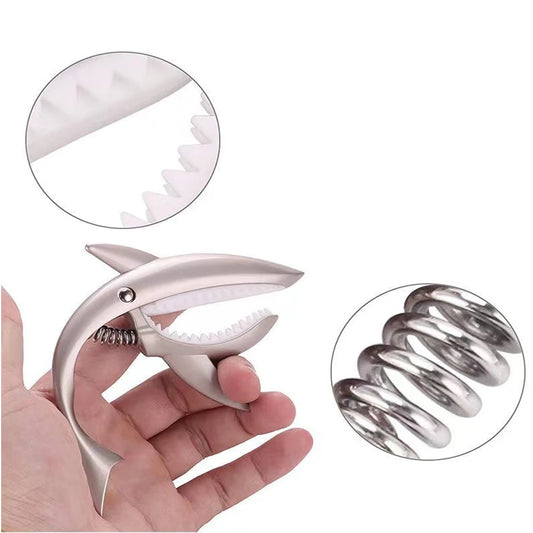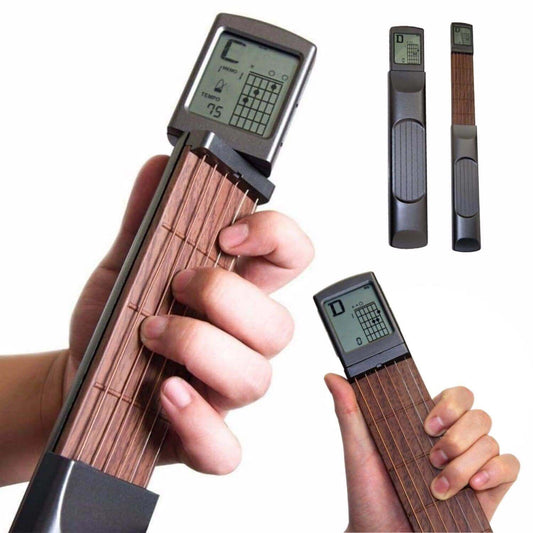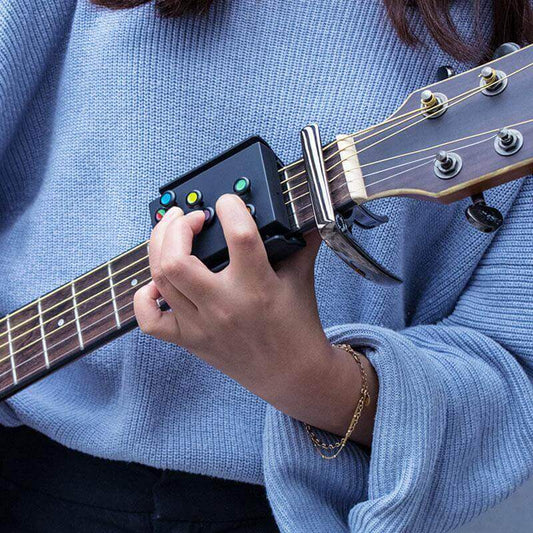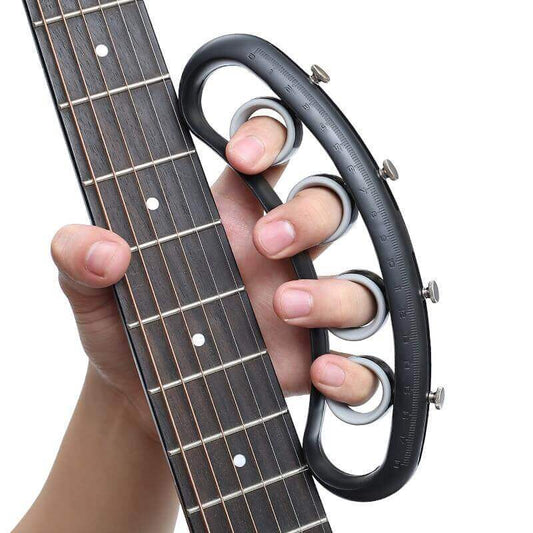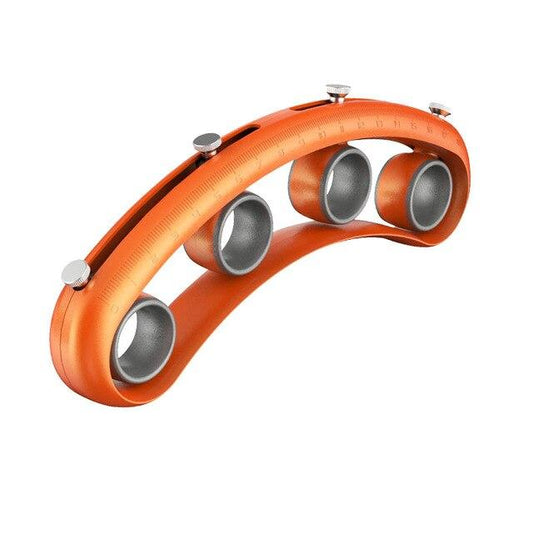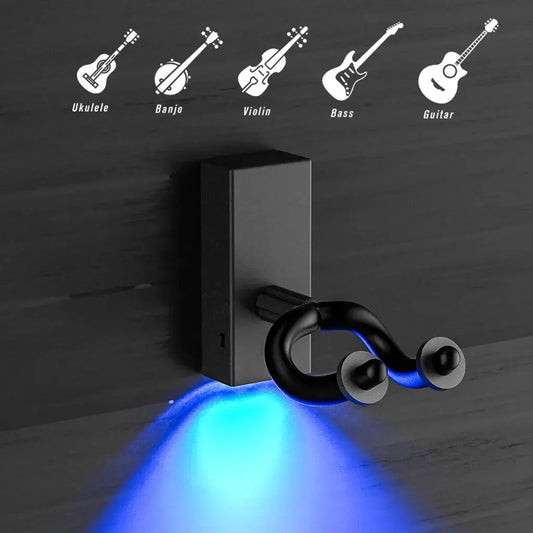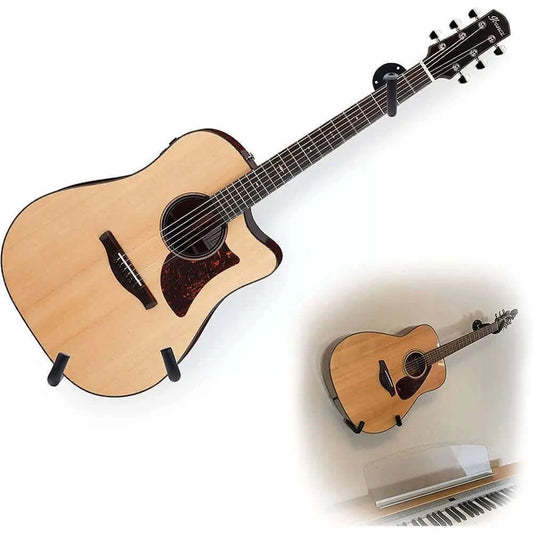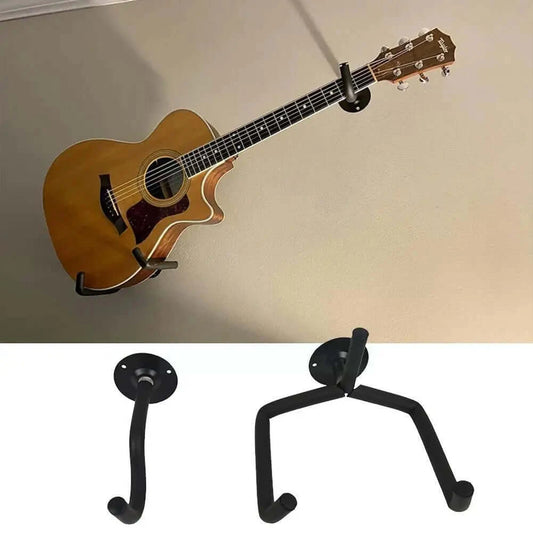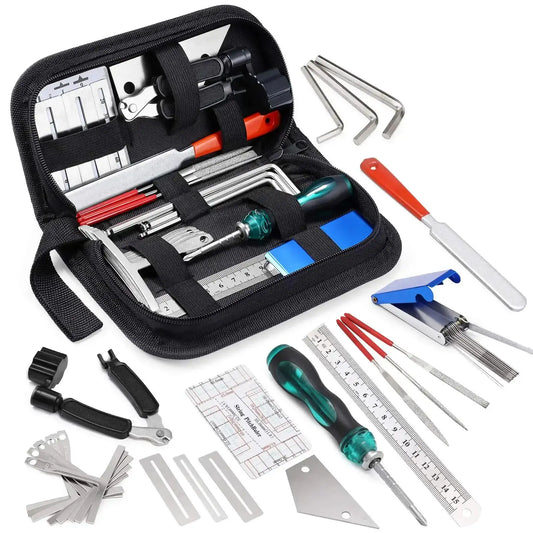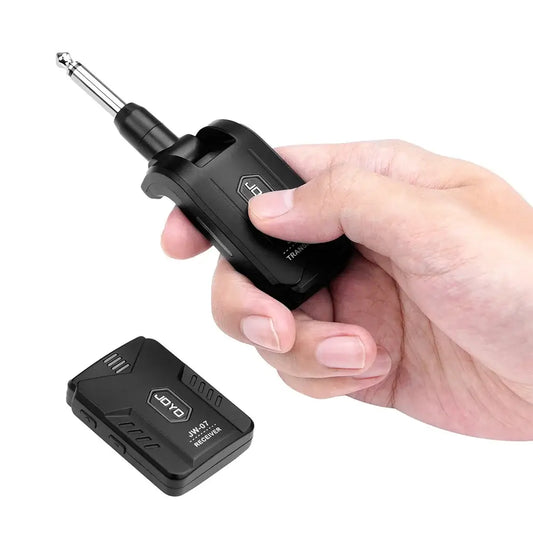Top Guitar Virtuoso's in the world | Top guitar players of the world | best guitar players

The Top 6 Indian Guitar Players of All Time: Le...
Discover the top 6 Indian guitar players of all time. Explore their early life, legacy, styles, and why they’re ranked among the best Indian guitarists ever.
The Top 6 Indian Guitar Players of All Time: Le...
Discover the top 6 Indian guitar players of all time. Explore their early life, legacy, styles, and why they’re ranked among the best Indian guitarists ever.

Joe Walsh Explained: His Best Riffs, Songs & Le...
Discover Joe Walsh’s best riffs, iconic songs, unique guitar style, and lasting legacy in rock history with this in-depth, guitarist-focused guide.
Joe Walsh Explained: His Best Riffs, Songs & Le...
Discover Joe Walsh’s best riffs, iconic songs, unique guitar style, and lasting legacy in rock history with this in-depth, guitarist-focused guide.

The Rise of Indian Guitarists on YouTube — 7 Cr...
Discover the best Indian guitarists on YouTube in 2025! Meet 7 incredible creators redefining guitar playing in India with unique styles, lessons, and performances.
The Rise of Indian Guitarists on YouTube — 7 Cr...
Discover the best Indian guitarists on YouTube in 2025! Meet 7 incredible creators redefining guitar playing in India with unique styles, lessons, and performances.
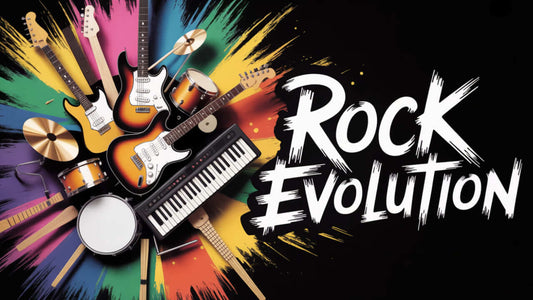
History of Rock: A Comprehensive Journey Throug...
Explore the journey of rock music—from its raw blues roots to groundbreaking modern anthems. Uncover its evolution, rebellion, and cultural impact.
History of Rock: A Comprehensive Journey Throug...
Explore the journey of rock music—from its raw blues roots to groundbreaking modern anthems. Uncover its evolution, rebellion, and cultural impact.

Rising Stars: 15 Up-and-Coming Guitarists to Wa...
Explore 15 rising guitar stars of 2025 blending tech, genre fusion, and iconic tracks to redefine music. Discover the future of guitar greatness now!
Rising Stars: 15 Up-and-Coming Guitarists to Wa...
Explore 15 rising guitar stars of 2025 blending tech, genre fusion, and iconic tracks to redefine music. Discover the future of guitar greatness now!

15 Guitarists Who Revolutionized Guitar Tech (a...
Discover 15 guitar innovators who revolutionized music with groundbreaking techniques and custom gear, reshaping the future of guitar tech.
15 Guitarists Who Revolutionized Guitar Tech (a...
Discover 15 guitar innovators who revolutionized music with groundbreaking techniques and custom gear, reshaping the future of guitar tech.
Explore the Guitarmetrics Blog Section
Welcome to the Guitarmetrics Blog Section, your ultimate destination for all things guitar and music! Whether you're a beginner, a seasoned guitarist, or a music enthusiast, our blogs are designed to inspire, educate, and elevate your musical journey. Explore our sections below:
1. Top Guitar Virtuosos in the World
Discover the legendary guitarists who have shaped the music world in Top Guitar Virtuosos in the World. From Jimi Hendrix to Eddie Van Halen and modern maestros, this section dives into their profiles, achievements, and unique playing styles.
Related Reads: Mastering Your Guitar Skills, Latest Guitar News
2. Mastering Your Guitar Skills
Take your guitar playing to the next level with Mastering Your Guitar Skills. Learn essential practice routines, advanced techniques, and chord mastery, designed for both beginners and advanced players.
Related Reads: How to Solve Guitar Problems, Unique Guitar Products
3. How to Solve Guitar Problems: Expert Tips and Guides for Guitarists
Troubleshoot common guitar issues with How to Solve Guitar Problems. From maintaining strings to fixing technical problems, this guide ensures your instrument stays in perfect condition.
Related Reads: Mastering Your Guitar Skills, Guitar Recording and Music Production
4. Guitar Recording and Music Production
Explore the art of recording and producing music in Guitar Recording and Music Production. Get expert advice on creating professional-quality tracks and setting up your home studio.
Start Exploring Today: The Guitarmetrics Blog Section has something for everyone. Whether you want to learn, troubleshoot, or draw inspiration, we've got you covered. Start exploring now and amplify your musical journey!
OUR BEST SELLERS
Don't miss out on our best selling guitar accessories
-
GuitarCam™ Ultimate Headstock Camera Mount for Guitars
Regular price $24.99 USDRegular priceUnit price per$39.99 USDSale price $24.99 USDOn Sale -
Shark Capo – Sharky™ Guitar Capo for Flawless Key Changes
Regular price $19.99 USDRegular priceUnit price per$29.99 USDSale price $19.99 USDOn Sale -
Chord Pal™ Portable digital guitar chords trainer
Regular price $59.99 USDRegular priceUnit price per$80.00 USDSale price $59.99 USDOn Sale -
Guitar Chord trainer 2.0 (Guitar chord learner)
Regular price $76.99 USDRegular priceUnit price per$98.95 USDSale price $76.99 USDOn Sale -
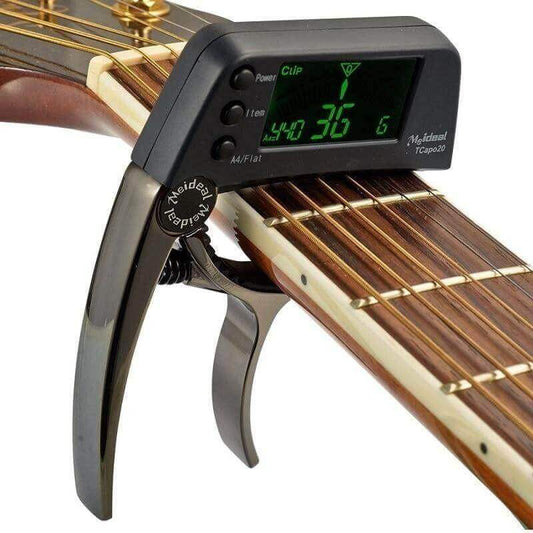
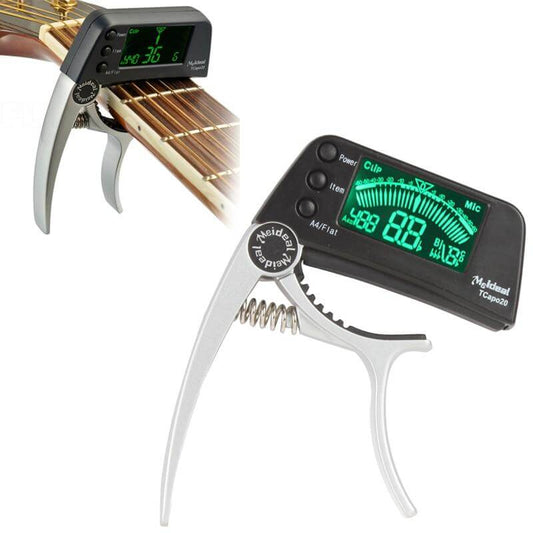 On Sale
On SaleMeideal two in one capo tuner
Regular price $34.99 USDRegular priceUnit price per$49.00 USDSale price $34.99 USDOn Sale -
GuitarGuard™ Guitar finger extender
Regular price $25.99 USDRegular priceUnit price per$32.95 USDSale price $25.99 USDOn Sale -
NAOMI Guitar Wall Mount with Led Light
Regular price $113.99 USDRegular priceUnit price per$145.95 USDSale price $113.99 USDOn Sale -
Horizontal Metal Guitar Wall Mount Hanger
Regular price $33.99 USDRegular priceUnit price per$42.95 USDSale price $33.99 USDOn Sale -
GuitarGuard Premium Guitar Repair Kit
Regular price $59.99 USDRegular priceUnit price per$89.99 USDSale price $59.99 USDOn Sale -
JOYO JW-07 2.4GHz Wireless In-Ear Monitor System
Regular price $174.99 USDRegular priceUnit price per$224.95 USDSale price $174.99 USDOn Sale



